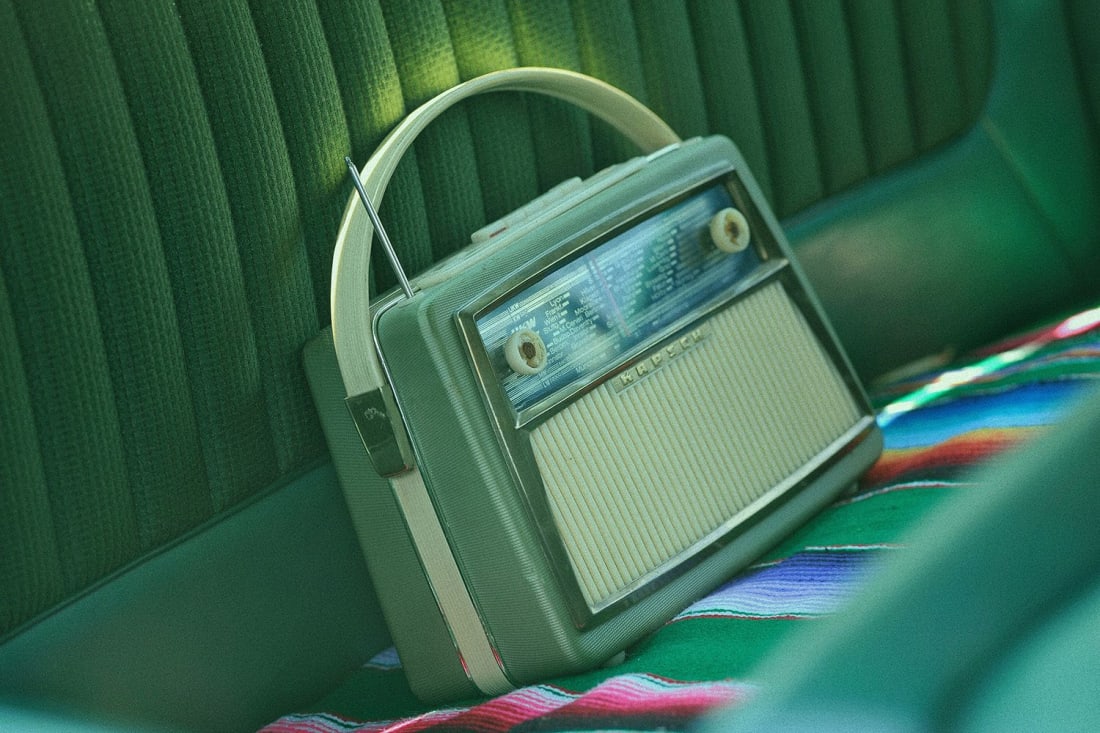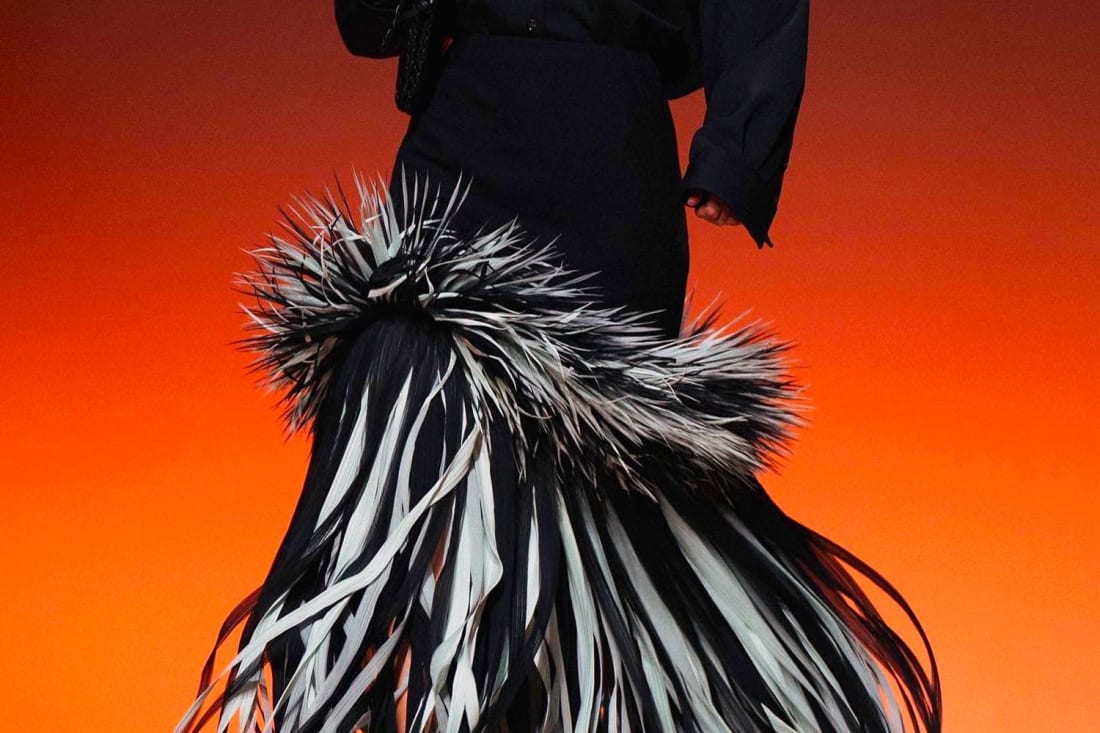How sportswear came to represent rebellion and resistance on screen
The street style in Daniel Kaluuya’s The Kitchen reflects class and racial tensions – and it’s not the only film where leisurewear is a symbol of struggle
The street style in Daniel Kaluuya’s The Kitchen reflects class and racial tensions – and it’s not the only film where leisurewear is a symbol of struggle
In Netflix’s The Kitchen, the directorial debut from Daniel Kaluuya, we find ourselves in a dystopian near-future. A ghettoised community faces being socially cleansed from their area by an authoritarian police state. Protagonist Izi (Kano) is saving up for an apartment in the new property development encroaching the community, when he meets orphaned teenager Benji (Jedaiah Bannerman) who begins spending time among its radicalised youth.
Look past its futuristic setting, and The Kitchen’s themes of class struggle, unaffordable housing, gentrification and oppression don’t seem that far off from our reality today. Neither does the fashion. In Kaluuya’s world of material struggle, sportswear is symbolic of the community’s fight for survival: motorsport fits, Puma tops, crossbody bags, puffers, Nike Air ski masks and baggy hoodies are worn by many of its residents. “The Kitchen is a complex multicultural space where you have a mix of sports and traditional clothing, in terms of traditional Southeast Asian, Muslim and African clothing,” the show’s costume designer PC Williams tells woo. “We did a lot of upcycling where we're taking bits from here and there and meshing it together to create something of our own.”
As an example, she describes using shower curtains and making them into a puffer jacket. “The costume design is based on resilience and this idea of an amalgamation of identities.” The film isn’t alone in framing resistance through sportswear, though – some of the most iconic on-screen characters have donned athletic clothing as a symbol of their fight against injustice. So how did sportswear, both on screen and in real life, become synonymous with rebellion and struggle?
Leisurewear hasn’t always been associated with unrest and marginalisation. Dr Joanna Turney, professor of fashion and textiles at the university of Southampton, describes how sportswear’s boom in the West among non-sports people began in the ‘70s, when an uptick in exercise books saw interest in jogging and aerobics rise. These, she says, were marketed as “individual pastimes”, heralding a new era of individualism. In the mid-’70s, a working class underdog narrative told through sportswear emerged in film. Perhaps the most infamous is Rocky’s gruelling training regime montage – his loose grey tracksuit a symbol of sheer grit, hardwork and endurance.
The 1980s and ’90s saw a more explicit shift in the adoption of sportswear by working class communities, especially of colour. Dr. Turney says that leisurewear in some ways became “a banner of ambition and power. Historically, the main ways in which young Black, brown and working-class men would have been able to gain success and perhaps escape or adoration were through the entertainment industry – particularly music – and sport. We can see here a sense of self, but also of belonging, intention and expectation.”
In 1989, Spike Lee’s racially charged Do The Right Thing revolutionised on-screen street style. The film’s opening montage sees character Tina dancing energetically to Public Enemy’s resistance anthem ‘Fight The Power’, clad in a lycra jumpsuit and boxing attire. Buggin Out (Giancarlo Esposito) dons Nike Air Jordan 4 Cements, loudly confronting a local white cyclist who scuffs his sneakers in a nod to the area’s looming gentrification. When Radio Raheem (Bill Nunn) is strangled by police, we see his feet twitching in Nike high tops. These community uniforms contrasted sharply with ‘80s yuppie culture portrayed in films such as Wall Street and Fatal Attraction, and later 2000’s American Psycho, where the rigid business suit is a cautionary tale on the “greed is good” ethos.
As neoliberal ideology deepened in the UK, sportswear in the noughties became emblematic of a demonised, work-shy underclass, or imagined threat of working class youth. New Labour’s Antisocial Behaviour Orders (ASBOs), introduced in 1998, took aim at non-criminal behaviours and ended up penalising young people – often disproportionately Black people. ‘Hoodie bans’ took hold in shops, and sportswear was seen by some as a violation of neo-liberal values of hard work.
Part of the reason for enmeshing sportswear into The Kitchen’s costuming, Williams says, was “this idea of utility, ease and clothes that work well in movement… You don’t want to be bogged down with frills, but you also still want to be able to have swag.” For Dr. Turney, the tracksuit is the clothing of “the resting competitor”, with an expectation that an “active moment” is about to occur. Financial insecurity means being prepared for anything at any time, so, ironically, the use of leisurewear reflects a very functional, practical reality.
“There’s safety in sportswear – it can act as camouflage in an urban environment,” Dr. Turney adds. “The more neutral the clothing, the more one can disappear in the crowd, avoiding attention or surveillance. In a baggy hoodie, the body and features of the wearer can become completely unrecognisable.” The 2011 UK riots, sparked by the unlawful killing of Mark Duggan, were largely made up of people in streetwear, sparking a backlash from politicians and media who lamented the aesthetic as “gang chic” and the sign of a broken society.
Sportswear on screen can function as individual or collective expression, and be an affront to the status quo either way. In The Kitchen, there’s a contrast between the bright patchwork of sports attire and the grey, ridgid, faceless police officers, or the neutral tones of Izi’s soulless work uniform. Uma Thurman’s infamous yellow Onitsuka Tiger tracksuit in Kill Bill gives her character a lone sense of authority to enact her revenge. While Ripley in Alien (1986) subverts typical female gender norms, donning iconic Reebok hightops to defeat her enemy, again emphasising strength and individuality.
One film that’s been credited with predicting streetwear’s dominance in fashion is 1995’s La Haine, in which struggles between the police, government and marginalised Parisian youth are explored through characters wearing Everlast, Lonsdale and Fila – looking ultra chic while they do. In the UK, sportswear and Black British culture have long gone hand in hand, in music as well as on film – and where the two meet, such as on Top Boy or the Kidulthood series. In recent years, high-end fashion and major sports brands have benefitted from the mainstreaming of the unofficial uniforms of the streets, with collaborations between rapper Skepta’s fashion line MAINS and Nike, or Stormzy with Adidas Originals.
What does the future of sportswear look like in film, or even on the runway? Williams describes a joyful nightclub roller rink scene from The Kitchen, where the camera pans across a woman dressed “in a Maison Margiela tiered tall skirt with a cropped Puma T-shirt on. I’m taking this high-end, prom-like skirt and pairing it with roller skates and a massive logo tee, and it still works.” Our shifting understanding of what sportswear even is makes it an intriguing prospect. “The style in the film is really just about us having the freedom to have agency over how we present,” she adds. As wearers continue to exercise their creative freedom, sportswear is always evolving – a form of resilience in itself.



















